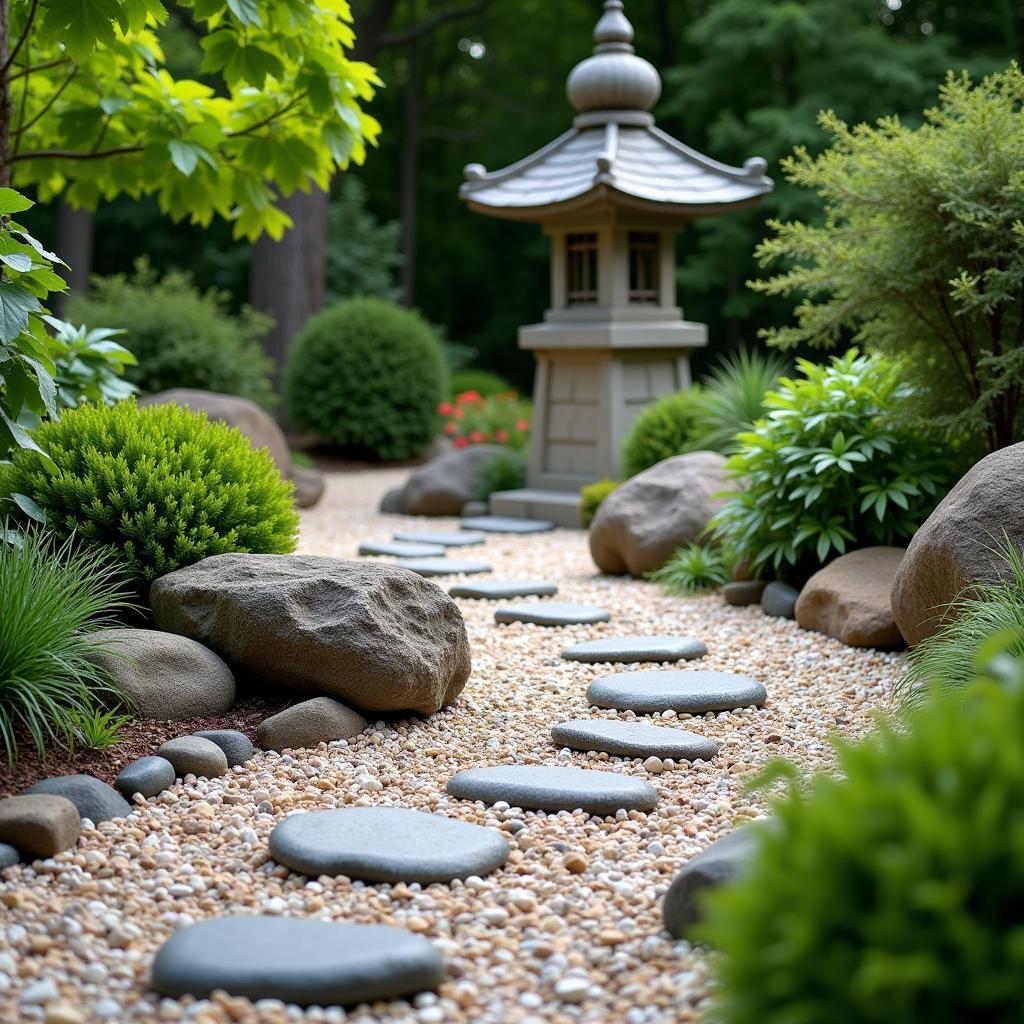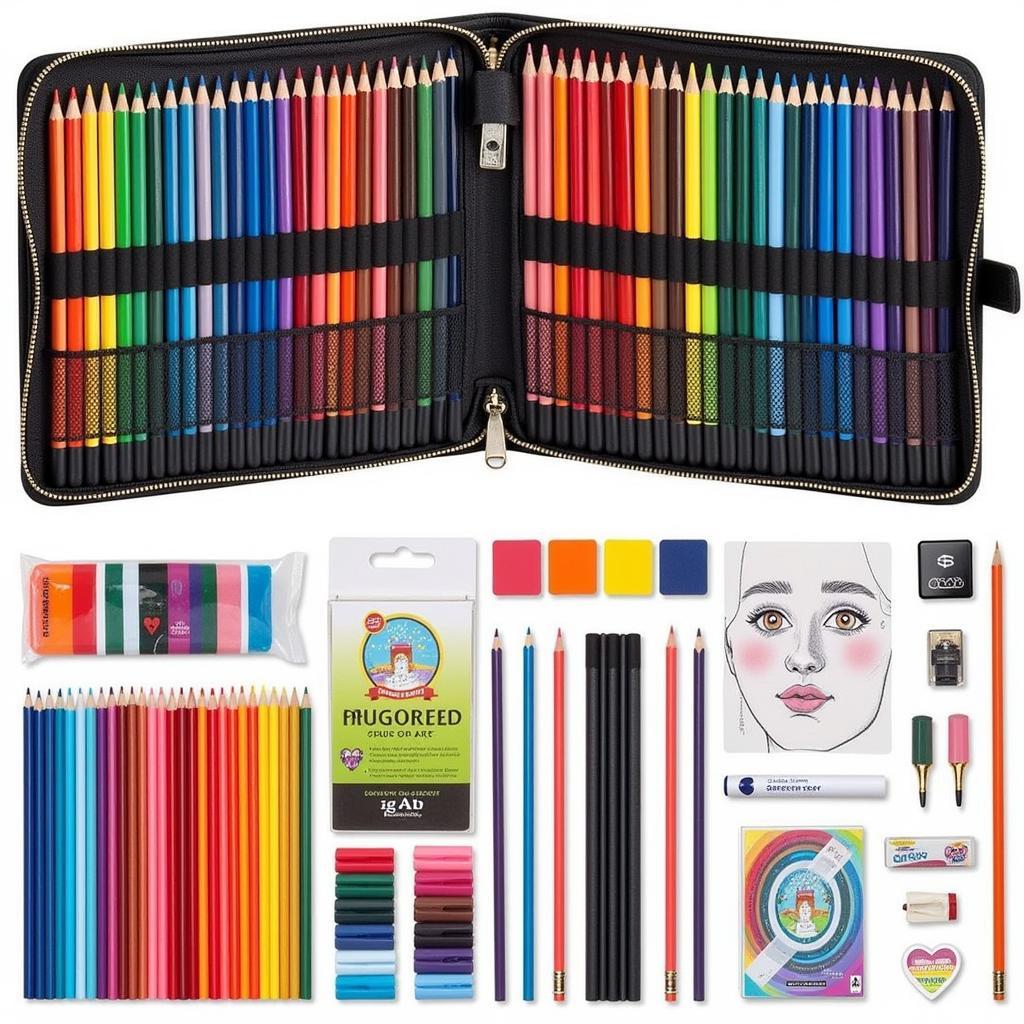The Ultimate Guide to Arts and Crafts Glue
Arts And Crafts Glue is the unsung hero of countless creative projects, from simple paper crafts to intricate mixed-media masterpieces. Choosing the right adhesive can make or break your project, so understanding the different types, their uses, and best practices is essential. This guide will explore the fascinating world of arts and crafts glue, equipping you with the knowledge to achieve professional-looking results.
Choosing the Right Arts and Crafts Glue for Your Project
With so many different types of glue available, selecting the perfect one for your arts and crafts project can feel overwhelming. This section will break down the most popular options, highlighting their strengths and weaknesses.
- White Glue (PVA): The workhorse of the craft world, PVA glue is versatile, affordable, and dries clear. Ideal for paper, cardboard, wood, and fabric, it’s a staple for school projects and general crafting.
- Craft Glue (Tacky Glue): Thicker than PVA, tacky glue offers a stronger bond and is perfect for porous materials like felt, foam, and fabric. It’s also great for adding embellishments like glitter and sequins.
- Hot Glue: Offering instant adhesion, hot glue is ideal for quick fixes and projects requiring a strong bond. Be cautious when using it, as the hot tip can cause burns.
- Super Glue (Cyanoacrylate): Known for its incredibly strong bond, super glue is best suited for bonding non-porous materials like plastic, metal, and glass. Use sparingly and in a well-ventilated area.
- Glue Sticks: Convenient and mess-free, glue sticks are a favorite for paper crafts and kids’ projects. They offer a relatively weak bond, making them less suitable for heavier materials.
Mastering Arts and Crafts Glue Techniques
Knowing which glue to use is only half the battle; mastering the techniques for applying it effectively is just as crucial. Here are some tips to help you achieve professional-looking results:
- Less is More: Apply a thin, even layer of glue to avoid warping or excess drying time.
- Clean Surfaces: Ensure your surfaces are clean and dry before applying glue for optimal adhesion.
- Clamping: For stronger bonds, clamp your materials together while the glue dries.
- Proper Ventilation: Work in a well-ventilated area, especially when using strong adhesives like super glue.
Exploring Creative Arts and Crafts Glue Projects
Arts and crafts glue is more than just an adhesive; it’s a gateway to endless creative possibilities. From tmnt arts and crafts to intricate paper sculptures, the possibilities are only limited by your imagination. Explore different materials and techniques to discover new and exciting ways to use glue in your projects. Consider trying techniques like decoupage, collage, and mixed-media art to expand your creative horizons. Don’t be afraid to experiment and let your creativity flow.
How to Choose the Best Arts and Crafts Glue for Kids?
When choosing glue for children, prioritize non-toxic and washable options. bear arts and crafts can be a fun and engaging way to introduce crafting to kids. Glue sticks and PVA glue are excellent choices for young artists. Look for formulas specifically designed for children’s use.
“Safety should always be the top priority when choosing arts and crafts materials for children,” says renowned art educator, Dr. Emily Carter. “Opt for non-toxic, washable glues and supervise their use, especially with younger children.”
What are the best glues for mixed media projects?
Mixed media projects often involve a variety of materials, so selecting a versatile glue is essential. penguin arts and crafts preschool often involve mixed media crafts like painting on sand. Tacky glue, gel medium, and PVA glue are excellent choices for bonding different textures and surfaces.
“Experimenting with different glues is part of the creative process,” advises mixed-media artist, Michael Davies. “Don’t be afraid to try different adhesives to see what works best for your specific project.”
Conclusion
Arts and crafts glue is a fundamental tool for any creative endeavor. By understanding the different types of glue, mastering application techniques, and exploring various project ideas, you can unlock a world of artistic possibilities. Remember to always choose the right glue for your specific project and let your creativity guide you. From sand dollar wall art to more complex projects, the right adhesive makes all the difference. arts and crafts side table are also excellent for glue up.
FAQ
-
What is the strongest type of arts and crafts glue? Super glue (cyanoacrylate) is generally considered the strongest.
-
What glue is best for paper crafts? PVA glue or glue sticks are ideal for paper crafts.
-
Is hot glue safe for kids? Adult supervision is recommended when using hot glue with children due to the risk of burns.
-
Can I use super glue on fabric? While possible, super glue can make fabric stiff and may not be the best option for all fabric projects.
-
How do I remove dried glue? Different glues require different removal methods. Check the manufacturer’s instructions for specific guidance.
-
What is the difference between tacky glue and white glue? Tacky glue is thicker than white glue and provides a stronger bond for porous materials.
-
Where can I buy arts and crafts glue? Arts and crafts glue can be purchased at most craft stores, stationery shops, and online retailers.
When you need support, please contact Phone Number: 02462573573, Email: [email protected] Or visit us at: Savico Megamall, 7-9 Đ. Nguyễn Văn Linh, Gia Thụy, Long Biên, Hà Nội 10000, Việt Nam. We have a 24/7 customer service team.



